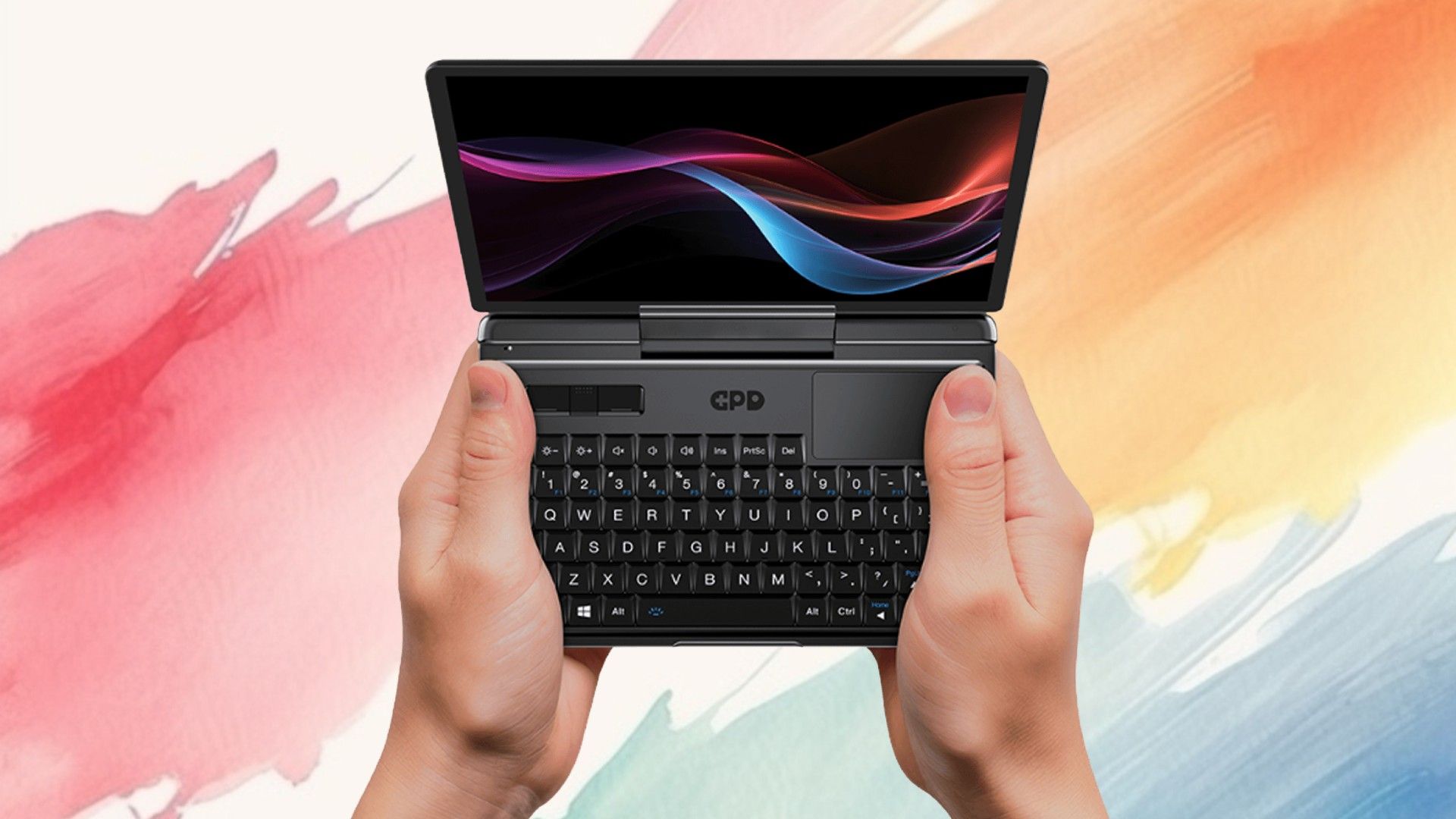Researchers from around the world have completed the world’s largest, most demanding head-to-head comparison of clocks in history to build confidence for the upcoming redefinition of the second.
The duration of a single second is currently defined by caesium (Cs) atomic clocks. Lasers ‘count’ the radiation emitted by Cs atoms in these devices to measure one second, give or take a few billionths. As the applications of atomic clocks have expanded — including GPS navigation, climate science, and radio astronomy — expectations of their performance have also increased, necessitating the more advanced optical clocks.
Scientists around the world have been studying and testing these next-generation devices. Because they can enumerate one second up to around 18 decimal places, scientists expect optical clocks will replace Cs atomic clocks as the world’s new time standard around 2030. Until then, however, optical clocks will have to pass rigorous tests attesting to their ability to work in step from different parts of the world.
The new effort presents the largest, most sophisticated such test to date. It involved 10 optical atomic clocks on three continents and 65 researchers.

SI unit of time
To measure the passage of time, strike up a conversation with the person next to you. If it’s riveting, time will fly. But if it advances in painstaking steps, time will slow to a crawl.
For better or for worse, this isn’t good enough for scientists. To understand how much time one second denotes, they use natural phenomena. In the early 20th century, the definition of a second was one-86,400th of a mean solar day. The first quartz crystal clocks that appeared in the late 1940s could measure time more accurately than the earth’s rotation. So scientists switched to the earth’s revolution around the sun. In 1956, one second became equal to one-31,556,925.9747th of the time the earth took to go once around the sun from January 0, 1900.
Since then, scientists have been building better clocks that, at each step, also incentivised them to refine the time standard. The current standard is based on atomic clocks. These clocks don’t directly measure time. Instead, they are complicated setups scientists put together to generate radiation of a fixed frequency. (Frequency is nothing but the inverse of time.)
In 1967, the SI unit of time was defined thus: “the duration of 9,192,631,770 periods of the radiation corresponding to the transition between the two hyperfine levels of the ground state of the caesium-133 atom”. This verbose definition really communicates a simple meaning.
Pass the last one
An atom’s internal energy comes in fixed steps, like rungs on a ladder. It can jump up a rung by absorbing the right amount of energy and jump back down by giving that energy up again.
In a Cs atomic clock, the energy that makes the jump is supplied by a finely tuned microwave signal. The atoms react most strongly when the microwave frequency is 9,192,631,770 Hz. Electronics watch how many atoms make the jump. If that number slips below a peak, the equipment nudges the microwave setting until the jump rate is back to the maximum. When that happens, the microwave signal itself is guaranteed to be exactly 9,192,631,770 Hz, i.e. composed of 9,192,631,770 waves per second.
Chips called frequency dividers count these microwave waves and pass on only every 9,192,631,770-th one. This wave comes along every one second — and is the SI definition of the second.
Around the world, many countries have set up their own Cs atomic clocks to define their respective national time standard. In India, the National Physical Laboratory in New Delhi maintains five Cs atomic clocks. The clocks’ output is disseminated to various applications around India via the INSAT satellites, telecommunication signals, and fibre links.
Scientists, however, are already at work refining the next big thing: the optical atomic clock.

Good for 15 billion years
The wall clock hanging in your house is likely powered by two AA batteries and uses a quartz crystal oscillator. After a few months, the clock will start losing a few seconds. The Cs atomic clock that defines the US national time standard loses only one second every 300 million years, however.
This is stupendous, yet in some cases it isn’t good enough. As their application in defining the time standard suggests, atomic clocks are used in many technologies that we encounter every day. The American GPS network, Russia’s GLONASS, Europe’s Galileo, and India’s NavIC constellation use atomic clocks onboard satellites to accurately measure distance and location data for both civilian and military use. Astronomers use it in radio-astronomy to piece together signals received on different parts of a large telescope. This is how they captured history’s first photograph of a black hole in 2019. Climate scientists use atomic clocks for ultra-precise measurements of the earth’s gravity that reveal where ice and water have been lost.
As these applications have expanded, the expectations of atomic clocks have, too. The definitive emission in Cs atomic clocks, of 9,192,631,770 Hz, is in the microwave range of the electromagnetic spectrum. In optical atomic clocks, it’s in the optical (or visual) range. The radiation emitted when a strontium atom jumps between two particular energy levels is 429,228,066,418,009 Hz. When a ytterbium-ion jumps between two levels, the radiation has frequency 642,121,496,772,645 Hz. Because this radiation contains 10,000-times more waves per second, a device that can count them out can also measure one second more precisely.
The frequency of the radiation emitted is also proportional to the clock’s stability. In 2014, one optical atomic clock that used strontium atoms would reportedly drift by less than one second in 15 billion years. This is why optical atomic clocks are set to become the next global time standard.
But ahead of the milestone, scientists must prove that clocks in different countries agree with one another to the 18th decimal place.
Across three continents
Enter: the new test. It involved 10 optical clocks based on five atoms: strontium-87 (Sr), ytterbium-171 (Yb), charged ytterbium-171 ions in two states (Yb⁺ E2 and Yb⁺ E3), charged strontium-88 (Sr⁺), and indium-115 ions (In⁺). The clocks were located at six national metrology institutes in Finland, France, Germany, Italy, the U.K., and Japan.
The two clocks participating from Germany were in the same building, so the scientists linked their outputs through short optical fibres. The clocks across France, Germany, and Italy were linked with telecommunication fibres that already run through these countries. To prevent any noise or distortion from corrupting the data, scientists installed bespoke repeaters and amplifiers. Finally, to link the clocks across the English Channel, the Baltic Sea, and all the way to Japan, the teams used an advanced GPS technique called integer precise point positioning (IPPP).
Because optical clocks occasionally take breaks for maintenance, the teams set up simpler backup clocks that stepped in temporarily to keep time using GPS data. When the optical atomic clocks were back in operation, the backups would handover and step back.
In this way, all the clocks ran for 45 days between February 20 and April 6, 2022. Every time two different clocks were running and connected, the researchers divided their laser frequencies to make a ratio. In total the teams reported 38 independent optical-frequency ratios, far more than any earlier project. Four of these ratios — Yb⁺(E3) to Yb, In⁺ to Yb, Sr⁺ to Sr, and Sr⁺ to Yb — had never before been measured directly. The tightest single result was the ratio between the In⁺ and Yb⁺(E3) clocks in Germany, measured locally with an uncertainty of just 4.4 × 10-18.
The teams found that the fibre and satellite links told the same story for most ratios. For example, the Sr clocks in Germany and France differed by a factor of less than 2 × 10-16 via both technologies, showing that long fibres and IPPP could both support ultra-precise timing in good conditions. Similarly, same-atom ratios — Sr to Sr, Yb to Yb, and Yb⁺ to Yb⁺ — confirmed that many clocks were healthy. The Germany and the U.K. clocks were compared by GPS across the North Sea and matched within 3 × 10-16 even after accounting for downtime.
Combine results responsibly
The researchers were also able to reveal gaps they will have to fix before 2030. Every GPS-based ratio that involved the Italian Yb clock was off by about 4 × 10-16 compared with fibre measurements, pointing to a previously unnoticed signal distribution glitch at the Italian facility. The strontium clocks in France and Germany showed small but real offsets, up to 2 × 10-16, when the teams checked them against other clocks and each other. These shifts were large enough to matter for a future definition of the second and will need further study.
The authors of the paper describing the test, published in Optica on June 12, noted that recognising such hiccups is exactly why large, redundant campaigns are valuable.
Because many ratios shared the same clocks, fibres, backups or GPS receivers, the teams noted that their errors were correlated. To address this, they developed a 38 × 38 matrix capturing 242 non-zero correlation coefficients. These coefficients captured the degree to which any two variables were related, e.g. it was 0.94 when two ratios shared a common clock on the same fibre. The teams said publishing these correlations will allow future analysts combine results responsibly instead of double-counting information.
In the final analysis, by showing that 10 heterogenous clocks across three continents could agree with each other to within a factor 10-16 to 10-18, and by identifying the rare cases when they didn’t, the test has cleared many obstacles en route to redefining the SI second with optical atomic clock standards.
.png)




